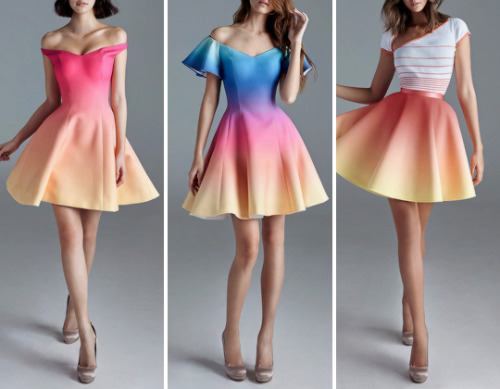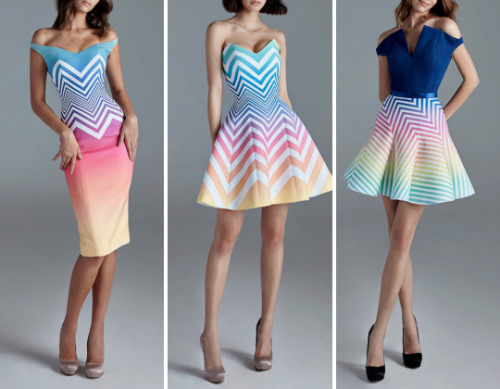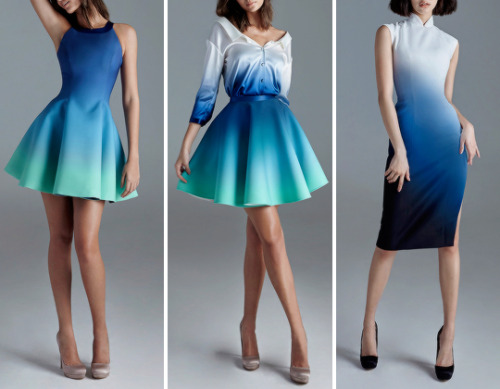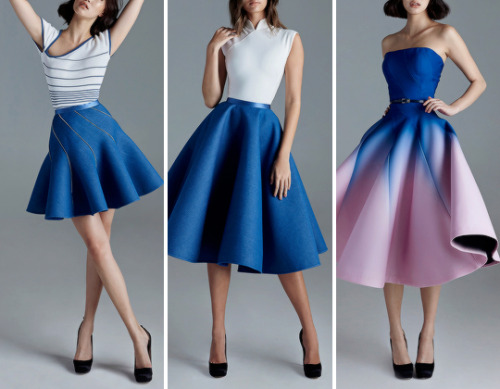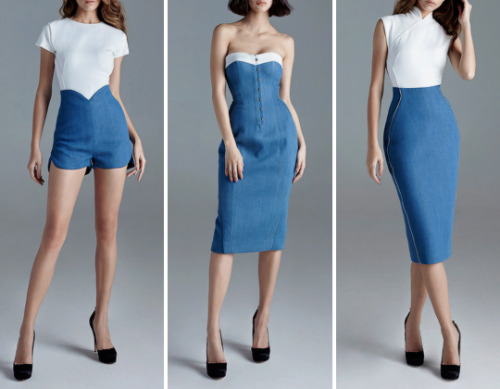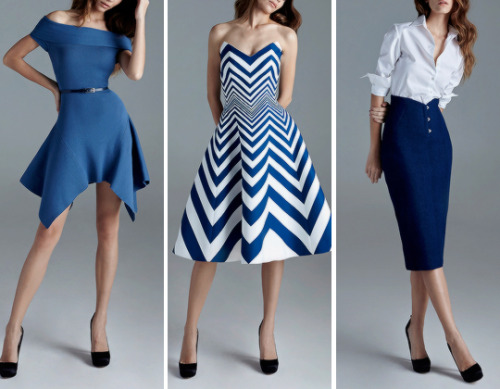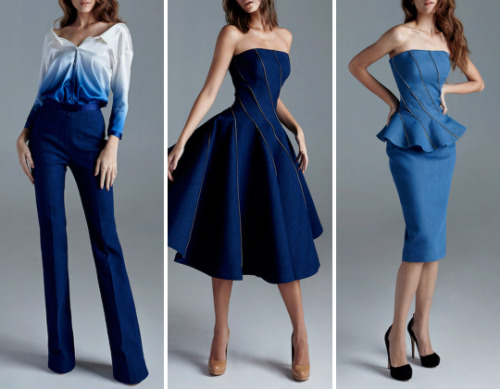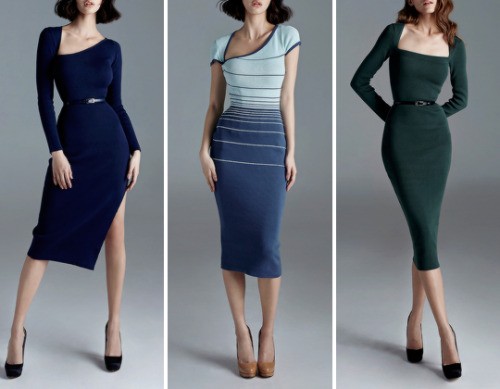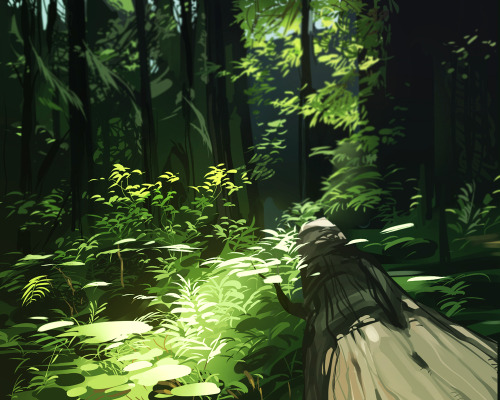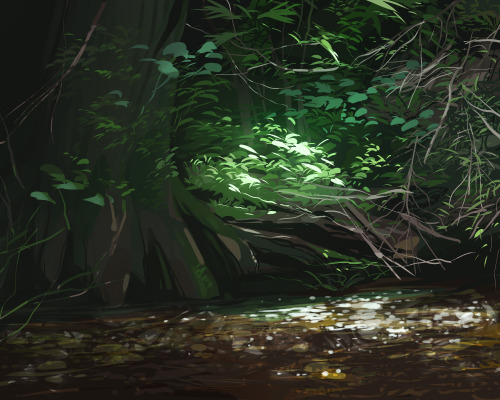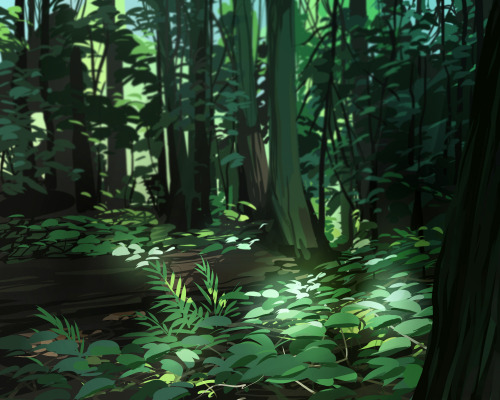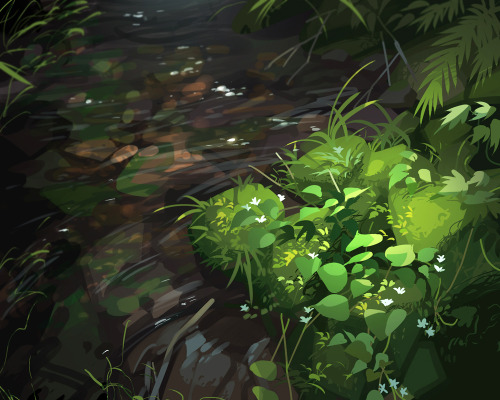Low Light Likeness - Submitted By AstronomyForTwo

Low Light Likeness - Submitted by AstronomyForTwo
#a3a0a8 #514d8c #3b1287 #190f42 #0f031c
More Posts from Artrefforsteph and Others
create your own home!
i found this great site that lets you create 3d models and floor plans of custom homes! you can even put in furniture and customize wallpapers/floors!! it has everything you could ask for!! you can use it make ref pictures of your oc homes or just make your dream house!
this is what i manged to make



Lovely Predicament - Submitted by SeesawSiya
#6d2789 #22335f #3b79a2 #36c2dd #9ccfd3 #f5f2eb
Hey! i like how you draw hands, can you do a guide on how you do it???????
I looove drawing hands, but they're as fun to draw as they are difficult 👌👏

Usually when I draw, I don't go for perfect realism/anatomically correct, I mostly follow whatever makes the drawing look good, with exaggerated shapes, sharp angles, etc.


Drawing with references is the best advice I can give you!
When I struggle to draw hands I usually just look at my own hand and try to copy it (I have a small mirror next to my computer to make it easier), it works, but it's not always the best option. If you want to improve quickly, find some pictures and practice by drawing them!
A lot of websites have a built-in timer for studies, here is the one I used for this one for example:

So yeah, practice practice practice! The more you draw, the better you'll get!
how do you draw hair in your syle?
how do i draw hair in my style* i think thats what you mean right? Okay hair is seriously my favorite things to draw because its super fun and its really not that difficult once you get the hang of it. You need to understand how hair works though, that is very important!!!
you need to know the ‘flow’ of the hair. seriosuly. understanding how this works makes your life so much easier because then you dont need to copy EXACTLY how the characters hair looks like (if you are drawing fanart or something) and you can just make up your own way of drawing the persons hair (following the flow) and it still looks great! Yes even the crazy bedheads like kuroo has flow and parting. i hope i made sense, im terrible at explaining.

now that you know the flow, did you notice that the arrows all come from one point? That is where the hair is parted usually. I often start off where it parts and follow along the ‘arrows’.
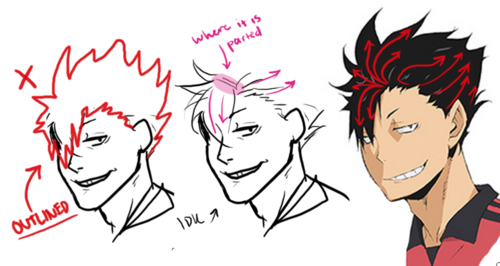
dont draw the ‘outline’ of the hair only (meaning you dont draw what is happenig inside of the hair), there is no flow and it looks really choppy and its super difficult (unless you are really good at it go ahead idk). see how in the middle kuroo, I start with where it is parted? SO MUCH EASIER TRUST ME!!! So remember, always always always know the flow and the where the hair parts!!!
as for my style, i dont know i just draw hair and boom. style? here are a bunch of habits i do when i draw hair:

look at the very left side where it shows how I draw hair strands. remember to start with simple lines or big shapes and then gradually break it down smaller and smaller and you should be good! hope it this was helpful in some way :)
HIIRAREFS: Basic and Intermidiate guide to colouring in
What better day to end the year then with a basic guide to colouring- This is for beginners or intermediate artists. Colouring is a big part to an art piece, whether you decide to use colours or not, that’s up to you, but for the most part, having some knowledge on appliance of colour will really help you out!
____________________________________________
ARTISTS WITH AN INSPIRING KNOWLEDGE OF COLOUR APPLICATION! Please take the time to have a look at other artists work so that you ca research and get inspired!
Gullacass: Uses brights, dulls and pastels to create brilliant guro, pop and macabre pieces| DA + TUMBLR
TinyCalcium: Old friend of mine who explores brights and mustard colours and places them as a foundation for their work | TUMBLR
BeastPop: Talented with opposing and Triwheel colours. Outstanding cell-shading, and knows how to flexibly bend colour form to their will in popart. | DA
H0stel: Fantastic composition of light direction and applies colour to bodies based on ambient occlusion. | TUMBLR
_____________________________________________
COLOUR SLANG: I use some strange slang to express colour types and shades as well as groups. Although they may not be canonically correct, I will use these terms to describe colour palates to the best of my ability! Analogous: Colours that are near or adjacent to each other on the colour wheel, EG: Red and Orange
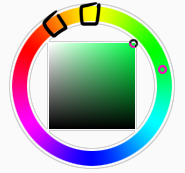
Oppositional/complimentary: Colours that are opposed or opposite from each other on the colour wheel, EG: Cherry and Green
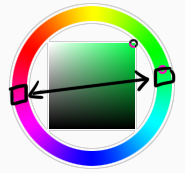
Triadic: Colours that form a triangle on the Colour wheel, EG: Cyan, Magenta and Yellow. These three colours when mixed together will make black.
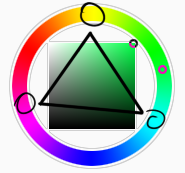
Arrowtype/Quadcolour: Four colours, that generally form an arrow shape on the colour wheel.
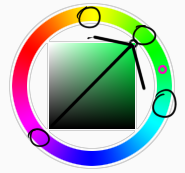
Tetradic: Colours that form a rectangle or square in the colour wheel
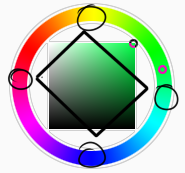
Neons: The very brightest you can get a colour, be careful where you use them as they can look ugly together at the most. Try to use neons when you are adding bright glowing objects to your piece. Neons are great for highlights.

Brights: Slightly washed Neons. Appropriate if you have characters that are colourful.

Washed: Very washed brights with a hint of grey. These are also useful for colourful characters.

Pastels: Colour with white in them to make them seem light.

Baby Pastel: Pastel with even more white in them, good for subtle highlights.

Darks: Colour with black added to them. Used mostly for lineart.

Mustards: Colours with dark grey added to them

Earthen: Colours with brown added to them

Warm and Cool colours: Warm colours are colours that range fromMagenta to Yellow. Cool ones range from Lime to Fuchsia.

Straight tones: A greyscale palate. or a straight scale of one colour from black to it’s neon form.

Warm and cool tones: Warm tones are a greyscale mixed with warm colours and cool tones are greyscale mixed with cool colours.

Skintones: Warm washed or pastel colours generally used to colour in skin, but they don’t have to be warm at all! ( I will not show you a palate for this however)
______________________________________________
WHAT TO AVOID WHEN COLOURING: beginner artists, tend to go ahead and start by colouring their line art with neon and mustard colours. Neons are not necessarily good for base colours unless the character has a glow.
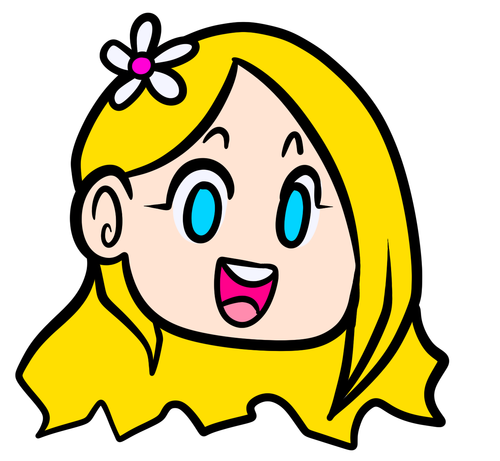
I often see lazy attempts to shade, often a beginner artist with use an airbrush and use black and white to shade and highlight their piece. This is not very effective, and I’m sorry to say… It’s kind of gross as well. Try to avoid being lazy. If you have a piece that has bold black lines, avoid using soft shading and airbrushing at this point of time.
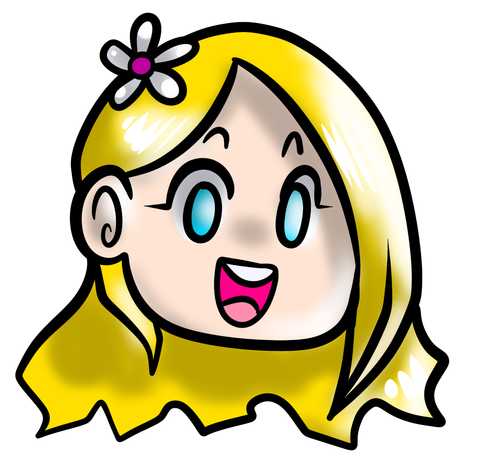
Black and white isn’t always the best option when colouring in your piece, but it also depends on the style you are trying to convey. If you plan on only using straight tones to colour in a piece, black and white is good.
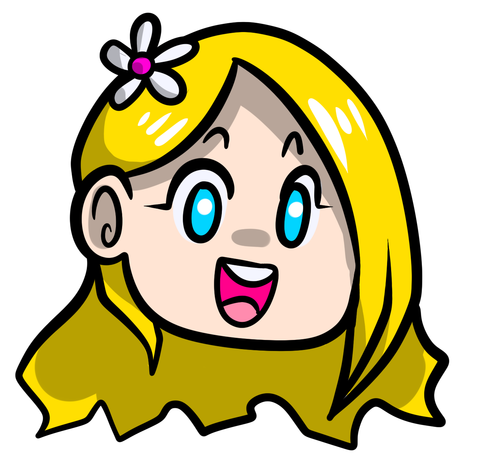
A GOOD BASIC WAY TO COLOUR For this basic tutorial I will show you a nice way to colour in a piece with bold lines. I will be using Minty’s Classic character as an example.
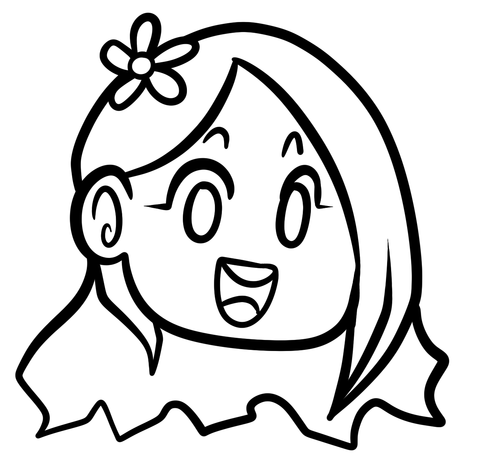
Begin with using brights that have been washed down a little and washed skin tones if your character is human based. Avoid using neons or mustards if you are able. If there is white on the character, such as the white on an eyeball or the teeth, consider using baby pastels. For Minty’s eyeballs I have used a baby pastel blue. I have chosen to use a darker and more washed version for her Irises.
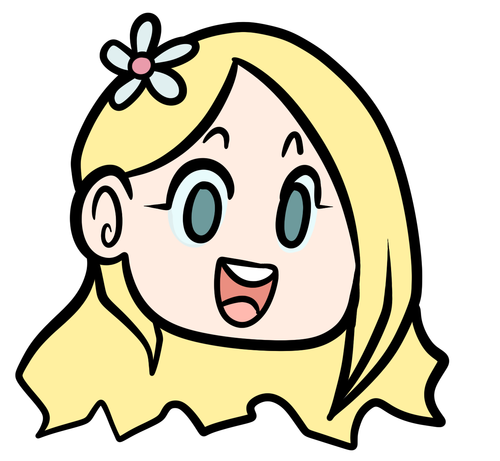
With you foundation colours placed down, use a washed warm colour for the skin tone, such as a salmon. If the character’s hair or fur is warm coloured, use a pink or red orange to shade that as well. Use the cell shading technique. This may mean you will have to erase some of your shading so be sure to do this on another layer. For your baby pastels, you can use a regular pastel to shade it. For Minty’s eyes I have used pastel blue and lowered the opacity by a little.
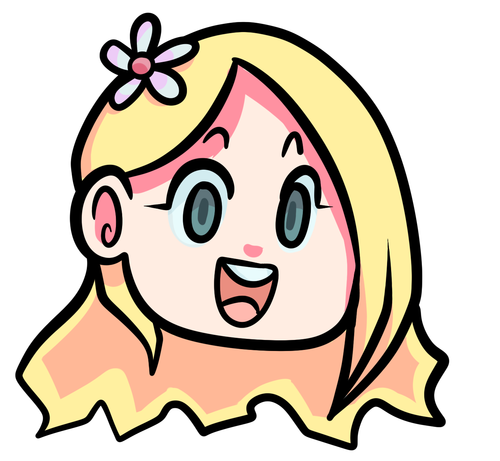
For Highlights, I have chosen to use baby pastel yellow. I wanted the piece to be warm.
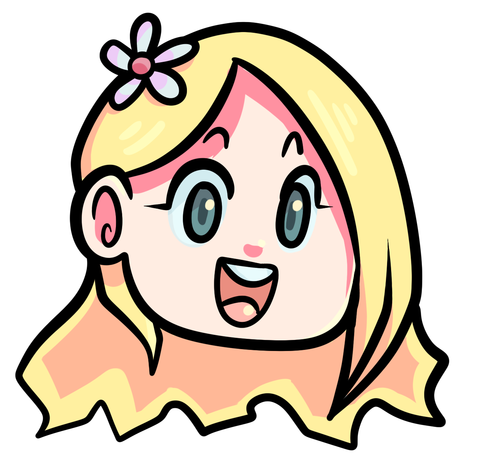
Applying a light airbrush over the top of the piece makes it feel a little softer. I have also applied the airbrush over the initial borders to create colour bleed, giving a very subtle reflective approach.
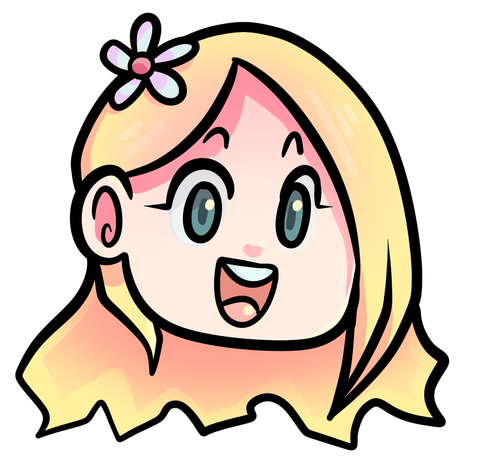
Colouring your line art layer, particularly if you have bold lines, can really make a piece look more interesting! I like to leave the overall outline black. You can gradient and bleed colour in your line art as well
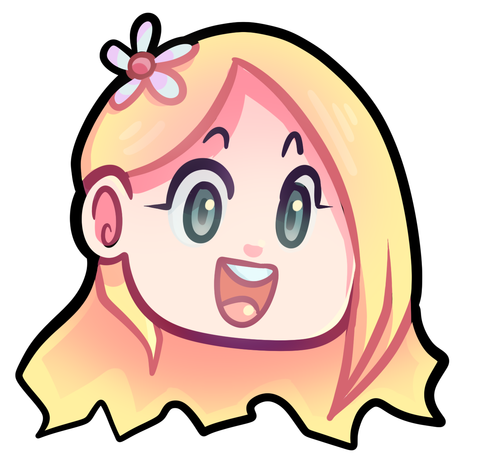
Light tracing is a technique lots of artist’s use, where they run a sharp line of highlight next to line art to divide borders.
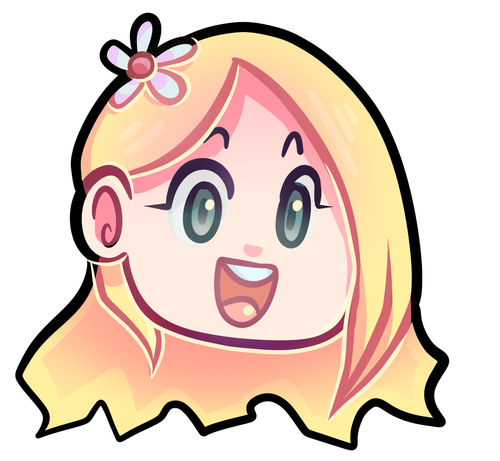
This looks a lot nicer than the black and white shading, doesn’t it!? __________________________________________
This is a very very simple guide to applying colour to your piece! If This helped, please reblog and share this guide around!
If you have any questions or feedback, don’t be afraid to send me a message!

barmecide
this pack contains thirty-two 300x300 textures made for icons, including gradients and word textures. please like/reblog if you download.
-
 krow-of-the-void liked this · 4 months ago
krow-of-the-void liked this · 4 months ago -
 bapydemonprincess reblogged this · 4 months ago
bapydemonprincess reblogged this · 4 months ago -
 bapydemonprincess liked this · 4 months ago
bapydemonprincess liked this · 4 months ago -
 artrefforsteph reblogged this · 9 months ago
artrefforsteph reblogged this · 9 months ago -
 luxury-nightmare liked this · 1 year ago
luxury-nightmare liked this · 1 year ago -
 galaxyfish liked this · 1 year ago
galaxyfish liked this · 1 year ago -
 kittypiedah0006 liked this · 2 years ago
kittypiedah0006 liked this · 2 years ago -
 lzvahldraws liked this · 2 years ago
lzvahldraws liked this · 2 years ago -
 marshmurmurs reblogged this · 2 years ago
marshmurmurs reblogged this · 2 years ago -
 marshmurmurs liked this · 2 years ago
marshmurmurs liked this · 2 years ago -
 coffeecryptidz liked this · 2 years ago
coffeecryptidz liked this · 2 years ago -
 mutifandomlover liked this · 2 years ago
mutifandomlover liked this · 2 years ago -
 pleochronic liked this · 3 years ago
pleochronic liked this · 3 years ago -
 softsushicat liked this · 3 years ago
softsushicat liked this · 3 years ago -
 inagakki liked this · 3 years ago
inagakki liked this · 3 years ago -
 spacebugarts liked this · 3 years ago
spacebugarts liked this · 3 years ago -
 seiizensetsu liked this · 4 years ago
seiizensetsu liked this · 4 years ago -
 daniibirb liked this · 5 years ago
daniibirb liked this · 5 years ago -
 phantombranches reblogged this · 5 years ago
phantombranches reblogged this · 5 years ago -
 tails-of-a-dragon-rider reblogged this · 5 years ago
tails-of-a-dragon-rider reblogged this · 5 years ago -
 ksenystarmoonrussen liked this · 5 years ago
ksenystarmoonrussen liked this · 5 years ago -
 coolfire333 reblogged this · 5 years ago
coolfire333 reblogged this · 5 years ago -
 nebelung-dragon liked this · 5 years ago
nebelung-dragon liked this · 5 years ago -
 allpinsandneedles liked this · 5 years ago
allpinsandneedles liked this · 5 years ago -
 v3joker liked this · 5 years ago
v3joker liked this · 5 years ago -
 that-kid-in-pe liked this · 5 years ago
that-kid-in-pe liked this · 5 years ago -
 beecruncher liked this · 5 years ago
beecruncher liked this · 5 years ago -
 dualcrescents liked this · 6 years ago
dualcrescents liked this · 6 years ago -
 d-strl liked this · 6 years ago
d-strl liked this · 6 years ago -
 homestuckinthebutt liked this · 6 years ago
homestuckinthebutt liked this · 6 years ago -
 omg-kidcore liked this · 6 years ago
omg-kidcore liked this · 6 years ago -
 preservedito liked this · 6 years ago
preservedito liked this · 6 years ago -
 wanderingpanacea reblogged this · 6 years ago
wanderingpanacea reblogged this · 6 years ago -
 wanderingpanacea liked this · 6 years ago
wanderingpanacea liked this · 6 years ago -
 spacejetcomics liked this · 6 years ago
spacejetcomics liked this · 6 years ago -
 golddoesntshine liked this · 6 years ago
golddoesntshine liked this · 6 years ago -
 karlrodrique reblogged this · 6 years ago
karlrodrique reblogged this · 6 years ago -
 irkendrugs liked this · 6 years ago
irkendrugs liked this · 6 years ago -
 letsgetartyfarty reblogged this · 6 years ago
letsgetartyfarty reblogged this · 6 years ago -
 fandomphasess liked this · 6 years ago
fandomphasess liked this · 6 years ago -
 askthepokemutants liked this · 6 years ago
askthepokemutants liked this · 6 years ago -
 ace-bunnie reblogged this · 6 years ago
ace-bunnie reblogged this · 6 years ago
NSFW because there will probably be nude refs | this is a side blog to sort all of the art stuff I need | none of it is mine
151 posts
